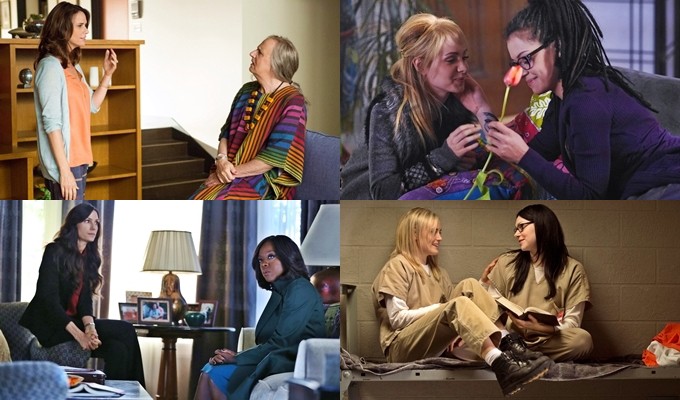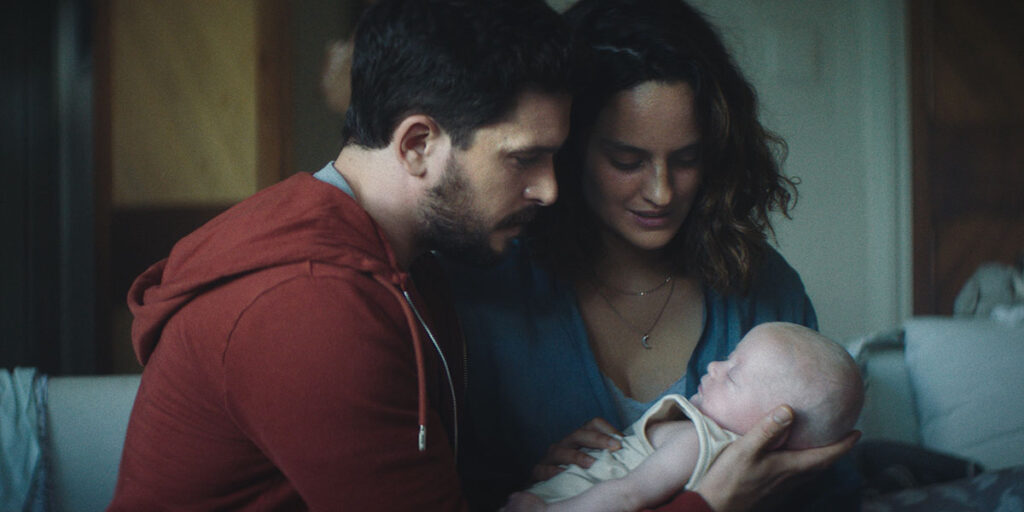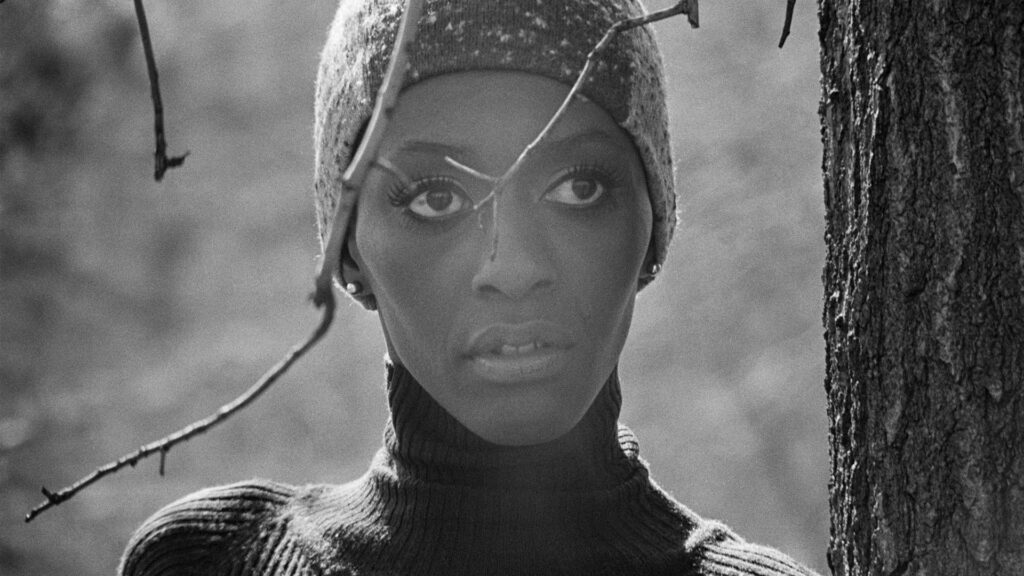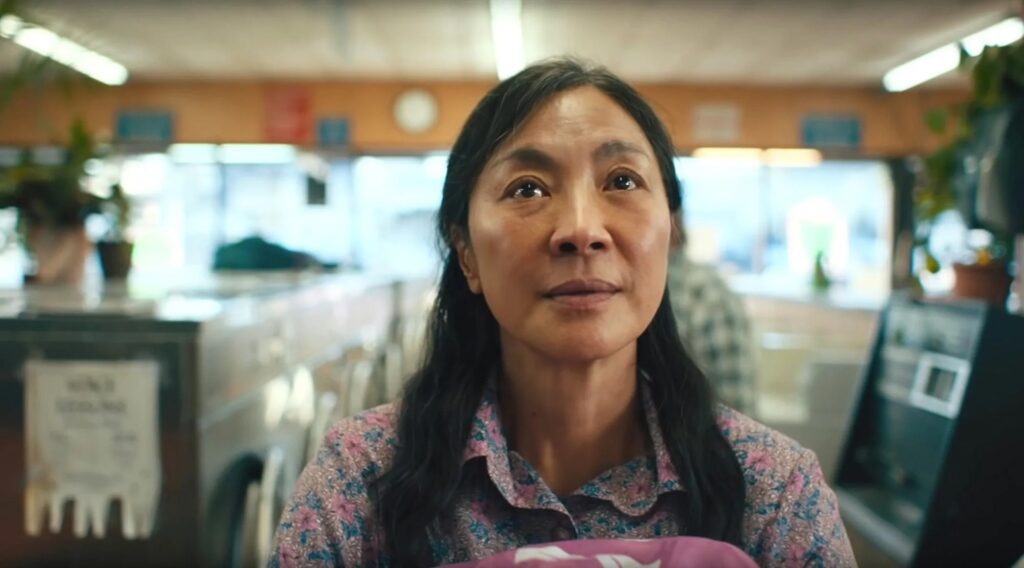Depending on how you look at the numbers, things are either better or still sorely lacking for LGBT characters on television.
GLAAD released its annual “Where We Are On TV” report, and its findings defied simple summarization. Overall representation is up. Overall representation of queer people of color and transgender people remains pretty paltry. The confusion of what to make of these statistics is evident in the media headlines about the report:
From The A.V. Club: GLAAD’s TV report is full of good news for once
From Fortune: GLAAD: Still a long way to go for LGBT characters on TV
From Slate: There’ll Be More LGBT Characters on TV This Year. So What?
If you are relying on headline writers to clear things up, you are out of luck. Also, if you are confused about why GLAAD is still doing its annual counting of the TV gays after making a big thing in September about stopping its counting of the TV gays, you are also out of luck.
As previously reported, GLAAD has made the decision to stop putting out its annual Network Responsibility Index, which tallied LGBT representation and then graded all of the major networks based on how positive or negative they were that year. But they are continuing to release their “Where Are We On TV” report, which also tallies LGBT representation, but does not hand out subsequent report cards based on the kinds of representations.
The power of these sorts of reports has almost always been as an example to wave around when demanding television do better. See, we can say, only 4% of the regular characters on primetime broadcast TV are lesbian, gay or bisexual. Look, we can demand, there are exactly no (yes, zero) trans characters on primetime broadcast TV — and only seven total when you add in cable and streaming shows.
The numbers will always be important, but they also don’t tell the whole story of our progress. Are LGBT characters being given good stories? Are LGBT characters the heroes of their own stories, or just props that surround the main characters? Are LGBT writers and directors getting to tell stories — about other LGBT characters and otherwise?
Some of these questions are less easily quantified. But what anyone who owns a television — or streams shows on their laptop or tablet or watch (kidding, please don’t watch TV on your watch) — can tell you is that we are doing better. The sheer volume of television has offered us richer, deeper options.
Ten years ago, lesbian or bisexual female TV viewers who wanted to follow regular and continuing storylines involving lesbian or bisexual characters had only two main options: “The L Word” and “South of Nowhere.” Now, from “Orange Is the New Black” to “Orphan Black,” “How to Get Away With Murder” to “Pretty Little Liars,” Grey’s Anatomy” to “The Fosters,” and “Empire” to “Transparent,” the range continues to impress.
But, of course, the work is not done. Just because it is doing better doesn’t mean it can’t do even better. Too many queer characters are still white (69 percent on broadcast, 71 percent on cable and 73 percent on streaming services). Too few queer characters are trans (2.6 percent of all the LGBT characters on network, cable and streaming services).
If anything, these sorts of reports are a reminder that for underrepresented groups, success and struggle often go hand-in-hand. So it’s just as important to pat ourselves on the backs for our accomplishments while continuing to fight for more.
Dorothy Snarker is Women and Hollywood’s queer columnist. She writes at dorothysurrenders.com and is a regular contributor at AfterEllen.com. Also find her @dorothysnarker.







